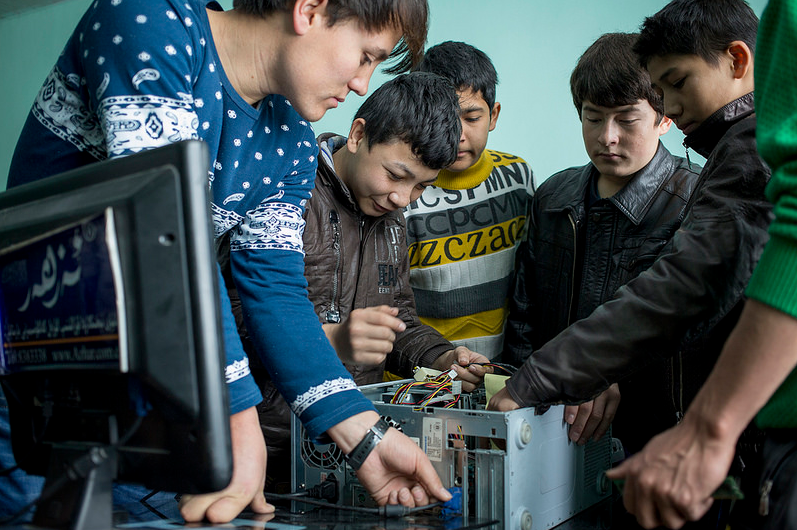Context: As the world’s most populous nation, China also has one of the largest groups of youth, at over 185 million people. The most recently reported youth unemployment rate of 10.5 per cent in 2014 is the highest recorded since 1991, with a 12.7 percent rate for females. China had 7 million youth (15-24 years old) unemployed in 2014 and added 22 million new youth to the workforce that year. Another challenge is that the unemployment rate among youth with a university or graduate level of education is double the rate of those without such education. Despite the government’s efforts to encourage investment in western and rural areas, the majority of jobs are still found in east coast industrial zones and cities, resulting in regional inequalities. In a disruptive cycle, poor education leaves rural and migrant youth lacking employability skills, which in turn leads to more persistent poverty.
Implementation of programme/initiative: Save the Children in China empowers deprived youth, mostly migrants, in rural and urban areas by way of seven integrated programmes. Through a labour market assessment, Save has identified the types of jobs available for and the skills needed by both in- and out-of-school youth. Some of the main things Save does are:
- Equips government, NGO and private sector instructors with a training-of-trainers course on life skills, employability skills, child rights, mentorship and job market information.
- Trains youth, problem solving and decision making, job searching skills and financial management.
- Builds youth networks through traditional youth clubs and new social media including through an expanded a job-matching platform to incorporate a larger set of private sector partners.
- Develops youth skills through entrepreneurship training camps, youth leadership camps, start-up salons and learning groups in youth centres, partnering with local governments to provide seed funds to youth with strong business plans.
Save also advocates for greater attention to youth issues, with local authorities, civil society organizations and the private sector.
Main challenges: The large scope and ambition of these programmes required millions of dollars in resources, scores of partners, and high organizational capacity. It is extremely difficult to make up for years of sub-par education by way of providing short-term training programmes, and thus the challenge of maintaining momentum for long-term results needs to be continually addressed.
Results achieved: Since 2010, Save’s partnerships have empowered over 20,000 migrant youth (half of whom are female) with marketable skills through traditional classroom training, eLearning and peer to peer methods. Notably, eLearning via a mobile app has been downloaded by more than 4,000 migrant youth (40 per cent female). Save has built the capacity of NGO partners to work with migrant youth to improve their employability and has succeeded to get a market relevant employability skills curriculum integrated into several government vocational schools.
Moving Forward: Save hopes to scale up the programme in rural areas, by strengthening partnerships with local government, the private sector and civil society. Meanwhile, Save evaluates its urban programmes and strategies to identify good practices, consolidate learning, and document and generate evidence to inform future phases of China’s youth employment projects.
Replicability: While Save’s programmes generally large-scale, small-scale programmes adopting similar principles to these can be created and implemented using much fewer resources. However, it needs to be borne in mind that, to succeed, even small-scale programmes require labour-market expertise, programming skills for e-learning or mobile apps, and the capacity to develop effective partnerships with government, the private sector and civil society.
References:
https://china.savethechildren.net/
Project Details
Date: May 17, 2017
